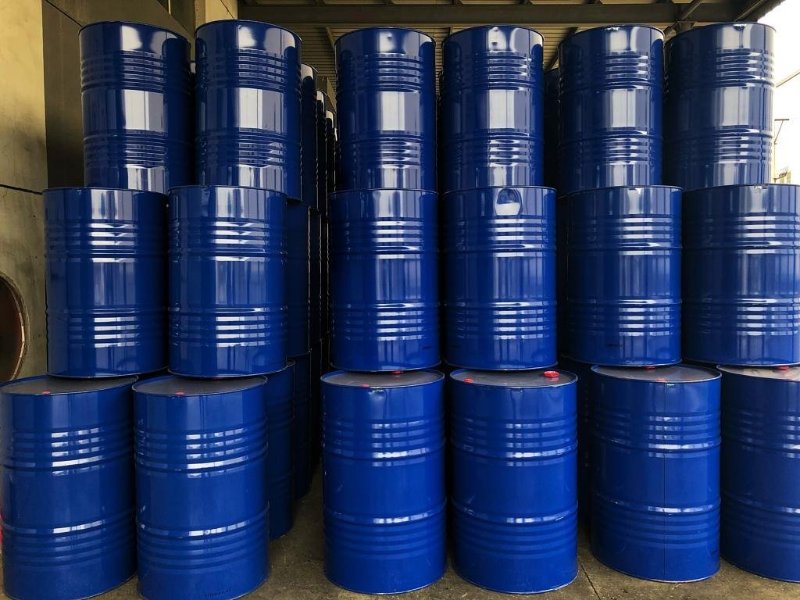6# solvent oil has been shrinking in recent years. The fundamental reason is that some chemical companies in the terminal have shut down. Because of application of 6# solvent oil in SBS adhesives, because it is still an irreplaceable variety for the time being,6# solvent oil is in an embarrassing situation of barely supporting.With the improvement of the soybean crushing industry and the increase in feed demand, the market demand for 6# solvent oil will increase accordingly this year.
120# solvent oil is also in a situation of continuous decline. Some terminals have been replaced by D20 and D30. However, given that the application of 120# solvent oil market is relatively extensive, overall, 120# solvent oil market is falling steadily. At present, the market share is still greater than D20, D30 and 6# solvent oil.With the sluggishness of some cleaning, rubber, adhesive, and release agent terminal companies, 120# solvent oil will continue to weaken This year.
200# solvent oil has been performing strongly in the past three years and has become the most profitable variety in ordinary solvent oil. Although it has also suffered the continuous impact of D40, due to good performance of 200# solvent oil in the coating and paint industry, the impact is not on the contrary, the shortcomings of D40 in the coating industry are clearly exposed, which makes many terminal companies still insist on using 200# solvent oil.
At present, it is not terminal demand that affects the price trend of 200# solvent oil, but mainly from the fluctuation of diesel prices. This is because most of the non-standard 200 has been the main force in the oil blending market. Non-standard 200 also directly affects the price of national standard 200.
In the past two years, n-heptane has been performing well. Although the overall market demand is not good, most of the demand for n-heptane comes from the pharmaceutical industry, especially the API industry has not shrunk. On the contrary, with the adjustment of national policies, the pharmaceutical industry is vigorous development, so the market demand for n-heptane is remarkable.
In addition, because the relative stability of n-heptane is slightly better than that of n-hexane, many companies have replaced n-hexane with n-heptane in the past two years. This is also a fundamental reason for the rise of n-hexane in the n-heptane market.
The n-heptane market is still developing steadily this year, and the demand is slowly increasing. Export is the direction of the development of n-heptane. In fact, the export of n-heptane has been greatly increased in recent years. In the future, the annual demand for n-heptane is expected to reach 50,000 tons/year
N-hexane:
In the polyethylene industry:
In the past two years, the actual annual demand for n-hexane has been roughly stable at about 22-23 million tons, and most of the demand has flowed to the chemical industry, which has exceeded the vegetable oil leaching industry. The main demand of the chemical industry is polyethylene, polypropylene, polychloroprene and other chemical polymerization industries, rubber synthesis industry, catalysts, pharmaceutical intermediates and other industries. The demand for n-hexane in the chemical polymerization industry is gradually increasing. The industry demand for n-hexane is about 50,000-60,000 tons/year.
In the vegetable oil extraction industry:
With the gradual reconciliation of the Sino-US trade war, China has begun to import US soybeans on a large scale, and Brazil’s 2019-2020 soybean output is expected to be 128 million tons. It is estimated that China’s imports of soybeans will reach more than 88 million tons in 2020, and China’s self-produced soybeans will exceed 17 million tons in 2019. The total amount of soybean processing is expected to exceed 2017. The major domestic oil companies will usher in another production peak. The soybean crushing market is optimistic all the way. It is expected that this year’s demand for n-hexane in the vegetable oil extraction industry will rise again to 90,000 tons/year.
Post time: Sep-11-2020

